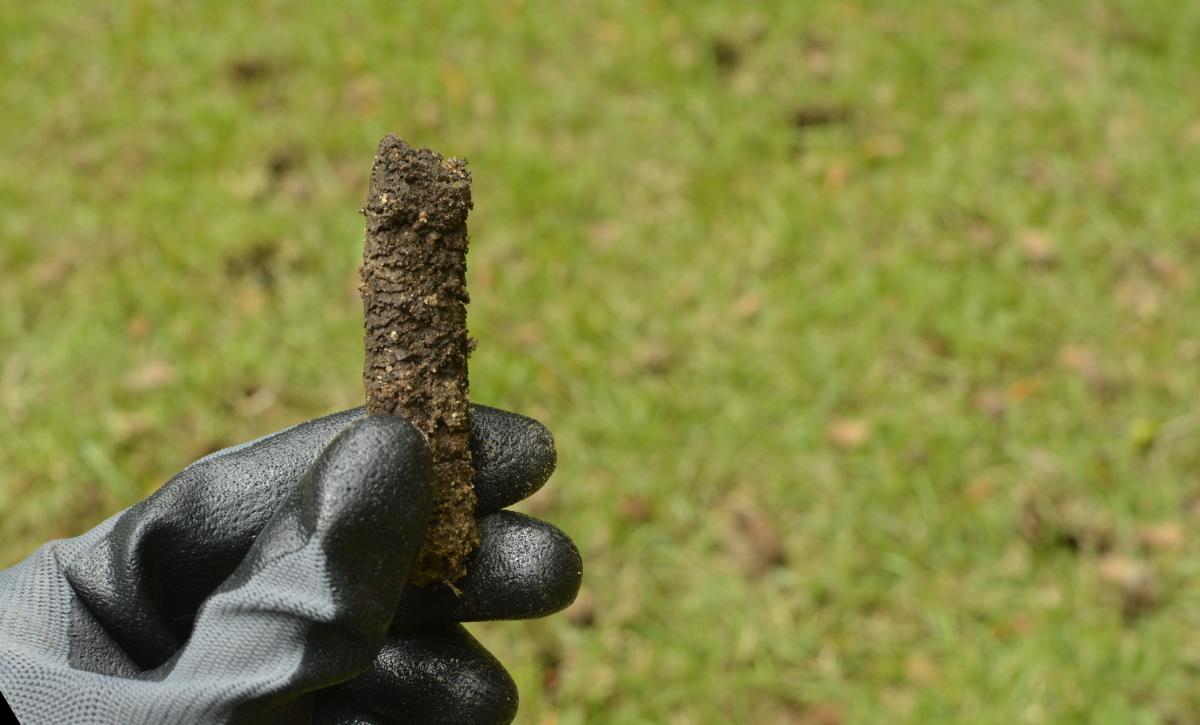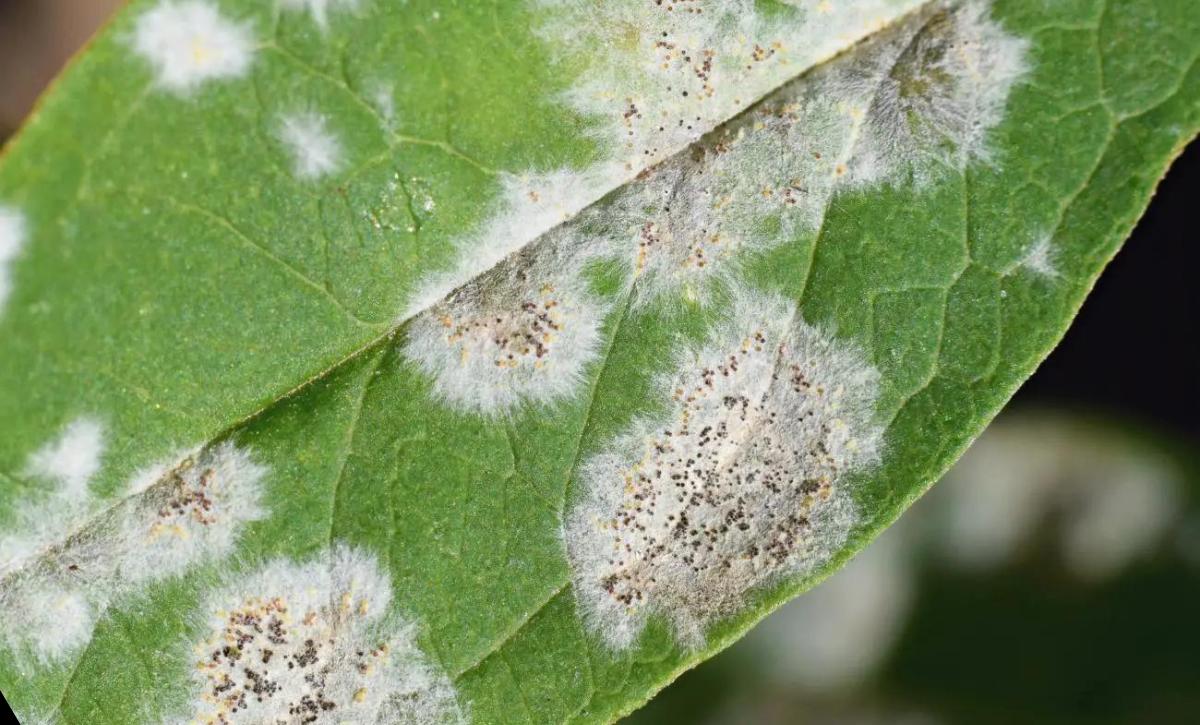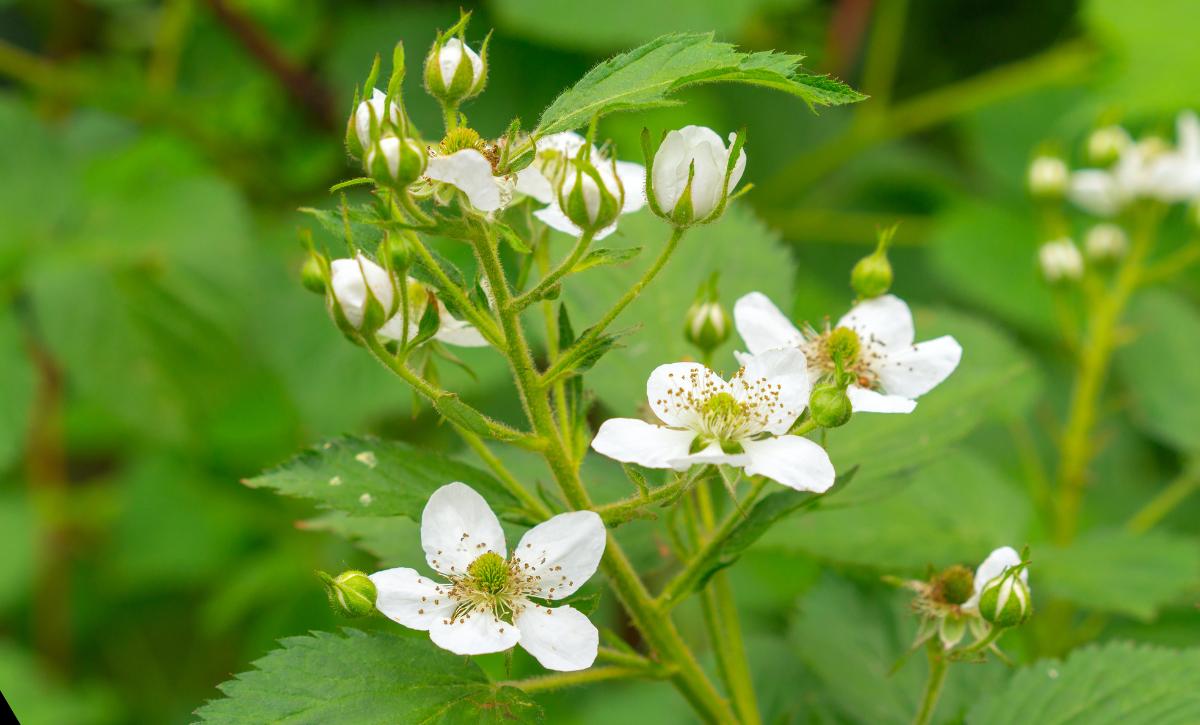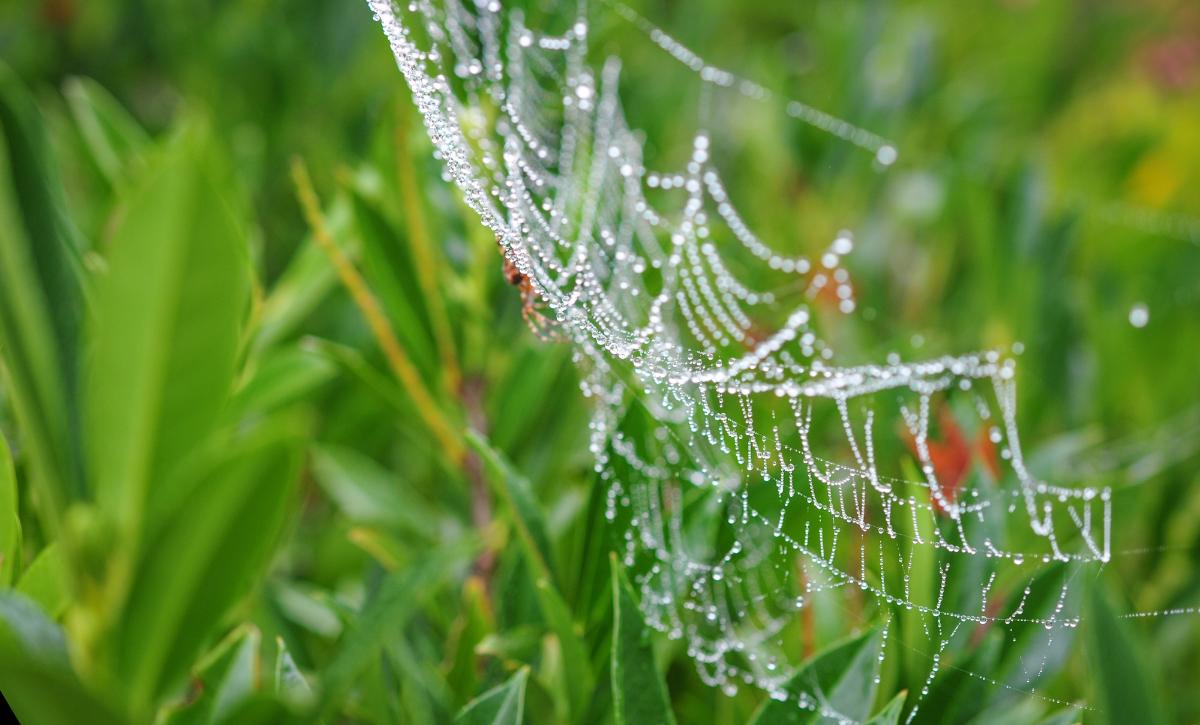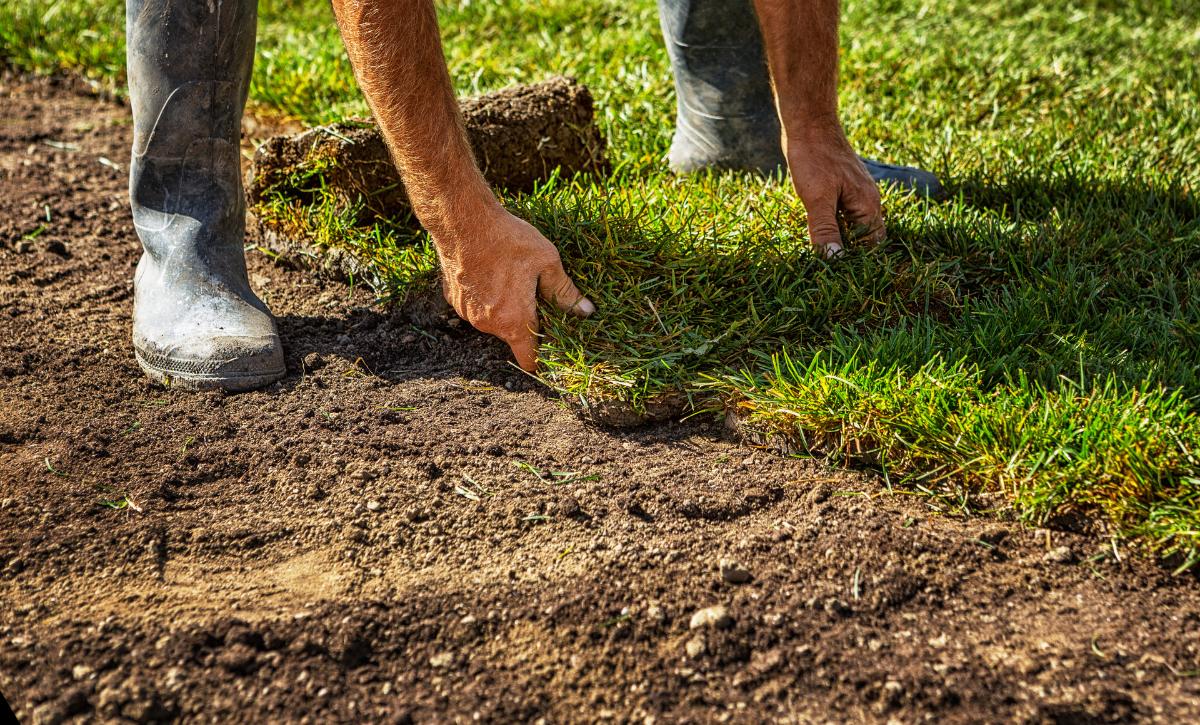As a lawn owner, one of the most important parts of your lawn care routine is aeration. It allows enough air to reach the nutrients, which in turn helps with water and nutrient absorption.
However, aeration may leave quite a messy scene with holes and soil lumps all over. The good news is there are a few tips and tricks on what to do after aeration to ensure that you reap the maximum benefits from this process.
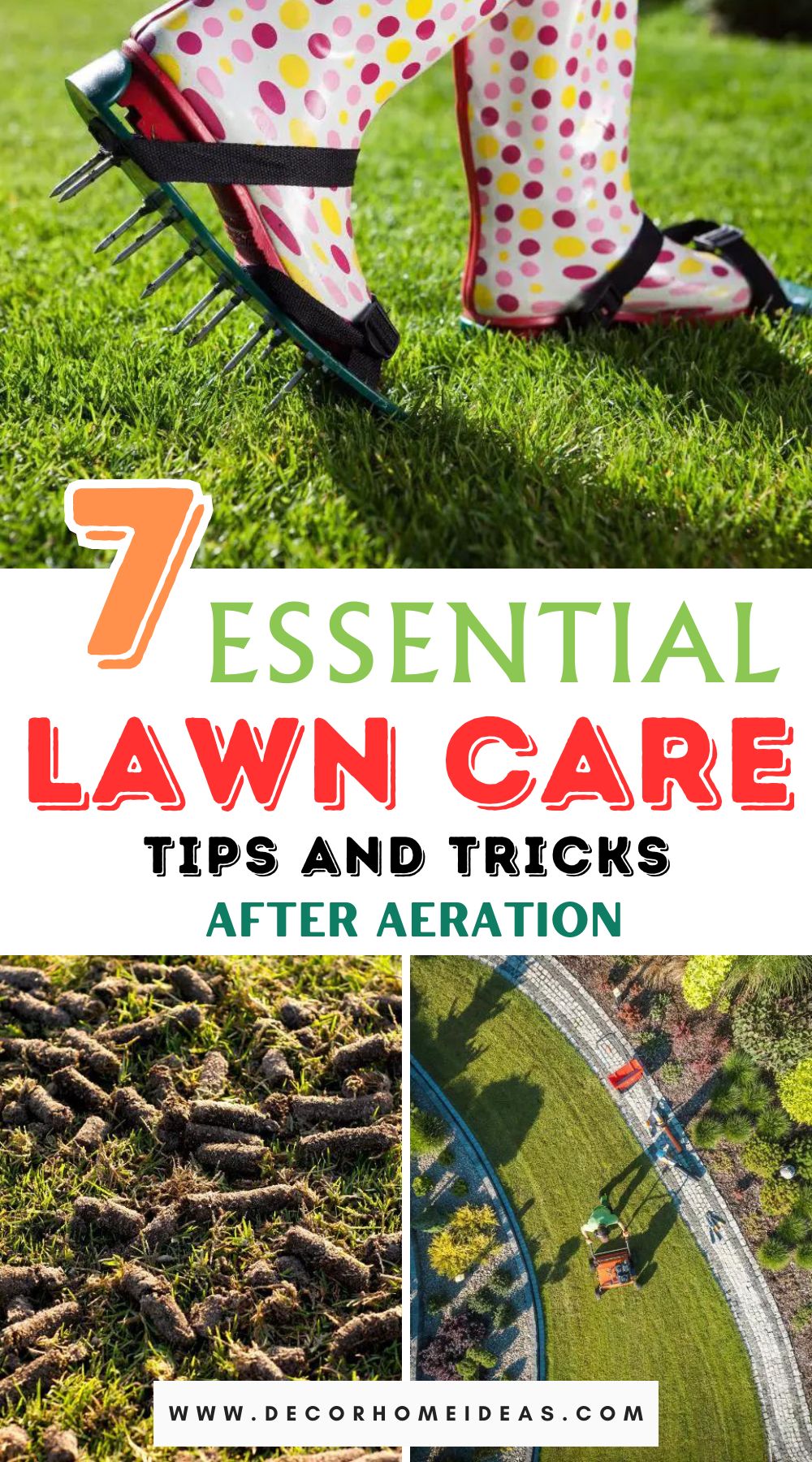
Whether you decide to take on the aeration process yourself or contact a home care expert to do the job, here are several tips that could help you in your quest for the lushest and most vibrant lawn!
Done With Aerating, Now What?
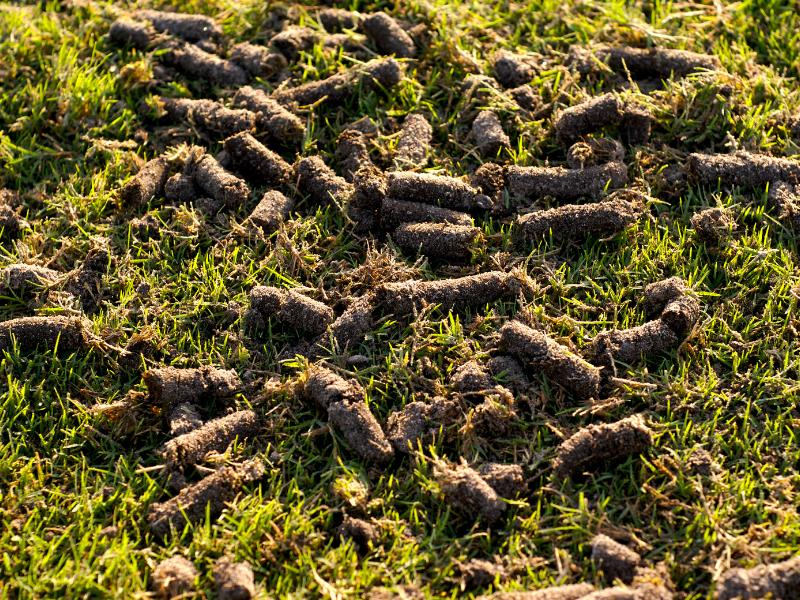
After aeration, your lawn won’t have the same scenic view. In fact, it may even get you wondering whether aerating was a good idea to start with. There are holes everywhere you look!
For reassurance, aerating is a good idea. After a short period, you’ll have a thicker lawn and healthier grass, not to mention a weed-free lawn.
One of the main benefits of aeration is loosening compact soils and breaking up the thatch. There are several ways to make the most out of this process, such as ensuring the plugs of soil break down naturally, overseeding, applying fertilizers, weed treatment, and getting your watering schedule back on track.
Here is a detailed look at how to help your lawn aerate better.
Let the Plugs of Soil Break Down
Once you’re done with aeration, the first thing that may spark your concern is the plugs of soil covering your once beautiful lawn.
While it may be tempting to break them down, the best thing to do is to let these plugs break down naturally. This takes about three weeks. In this period, they’ll break down, decompose, and gradually contribute to the nutrient content of the soil.
This is probably the least aesthetically pleasing view, but you’ll be rewarded with an amazing-looking lawn for your patience.
Regularly watering and mowing your lawn can speed up this natural process.
Alternatively, you can rake the lumps to break them down and apply the leftovers on the lawn. However, I recommend letting the natural process take its course.
Apply Fertilizers
Now that you have disrupted the soil and reduced its compactness, it’s the ideal time to apply fertilizer to your lawn. At this time, it’ll be easier for the fertilizer to quickly dissolve and reach the grass roots, replenishing all the essential nutrients.
There are different types of fertilizers that you can go for depending on the grass type you grow. Generally, I would recommend organic fertilizer with high nitrogen levels, which improves the foliage.
In case you aerate the lawn in early summer, fertilizer will be crucial in protecting your yard from the hot summer climates.
Overseeding
Most aeration machines will leave holes in the soil spaced about 3 inches from each other. If you have a thin lawn or bare spots, this is the perfect time to overseed and cover or remove any blemishes in your lawn.
What makes this the best time to regrow your lawn is that the holes made by the machine are deep enough to allow new seeds to establish roots and protect these seeds from birds and other predators.
Fertilizing the lawn after aeration will encourage the growth and development of the new seeds.
You can either plant the seeds by hand or use a spreader. Sowing by hand will be effective if you cover just a small area, but a spreader is more effective for large tracts.
Seed germination takes about two weeks, depending on the variety. However, your lawn should be provided with the best conditions to support this germination; otherwise, it may germinate after a certain point.
Apply Weed Treatment
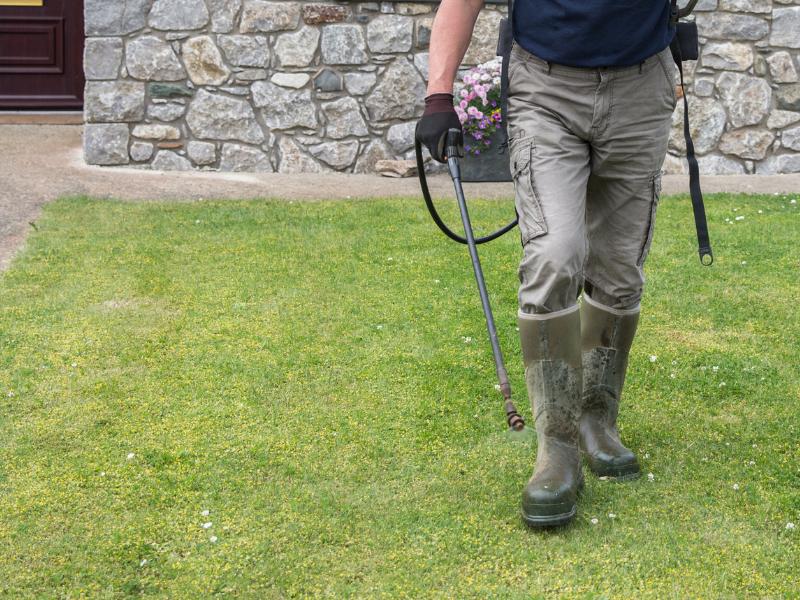
Weeds are a common nuisance for most homeowners with a lawn.
To ensure that the lawn is in good shape and devoid of blemishes, you have to take measures to remove weeds once they start creeping up. The best way to handle this problem is by using herbicides.
These chemicals will kill any weeds and prevent their growth.
With the advancements that have been made in agro pharma, you can even use a pre-emergent weed control that will kill the weeds before they even sprout.
Unfortunately, this method can have an adverse effect if you’re overseeding your lawn by preventing the seeds from sprouting.
To be safer, avoid applying herbicides on the lawn either six weeks before planting or four weeks after planting, as this could have the same detrimental effect.
If you have no plan of overseeding, then this is the best time to handle the weed menace in your lawn. The small holes left on the soil after aeration will allow the weed killer to penetrate deep into the ground, thus increasing the effectiveness of these chemicals.
Watering Schedule
I know you’ve probably watered your lawn before, but watering after aeration is a whole different ball game.
Normal watering usually entails thoroughly watering the lawn for about 45 minutes; after aeration, you should water the lawn lightly for about 20 minutes.
This prevents water buildup in the holes left after aeration, reducing the risk of fungal and bacterial infections on your grass.
Water the lawn after overseeding and fertilizing. This will not only encourage the growth of the new seeds but it will also aid the absorption of fertilizer by the existing grass.
Additionally, this can help you adjust your watering schedule. This is crucial for busy lawns with high foot traffic, which compacts the soil, making water absorption difficult.
To Mow Or Not To Mow?
Mowing or not mowing your lawn after aeration has been an ongoing debate among gardeners for years. While some argue that mowing your lawn will help restore its beauty to some degree, some gardeners say that you should keep the mower far off your lawn after aeration.
After extensive research, I have come to the conclusion that it’s never good to mow your lawn right after aeration.
If you’re planning on aeration, the best time to mow your lawn is just before the aeration to ensure the grass is at the right size and one week after aeration after the grass has grown to a certain height.
If you have grown new seeds, then wait for about four weeks before using the lawnmower.
Let Your Lawn Rest
Once you have aerated your lawn, you have to let it rest and recover. This is why it’s important to avoid mowing it for a while. Ideally, the best time to mow your lawn is once it grows to about 3.5 inches tall. Alternatively, you can mow the grass one week after aeration.
You should also avoid walking on freshly aerated lawn, which can cause the soil to become stacked up together and make it compact again. This will be a zero-sum game since aeration is meant to reduce soil compactness.
Understanding Lawn Aeration
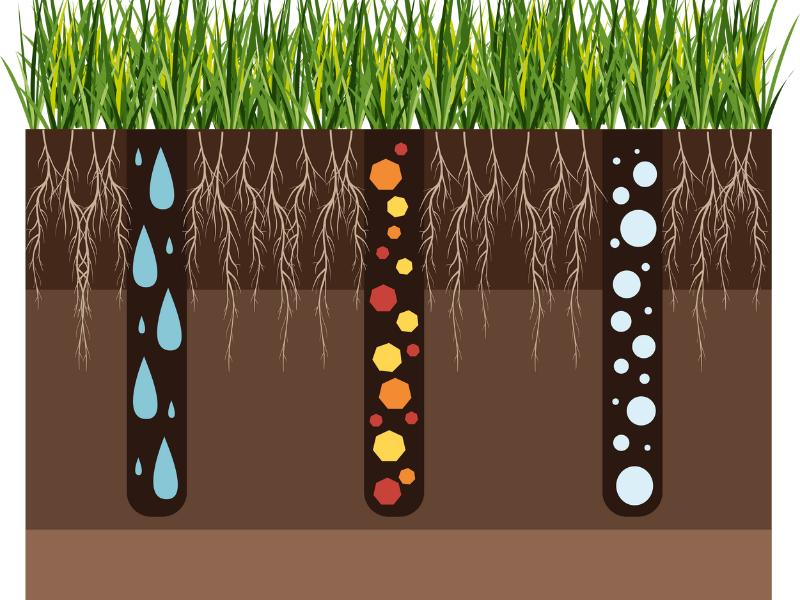
As previously stated, lawn aeration is the process of reducing the compactness of the soil by poking holes in the soil to allow air circulation. This also aids in water and nutrients intake.
It’s one of the most important steps in lawn maintenance and landscaping, especially if you have a tick thatch that completely covers the topsoil.
Thatch is a layer of organic matter that is over the lawn, such as grass clippings or leaves. Thatch isn’t always bad for the lawn; in some cases, it acts as a good insulator against extreme temperatures and helps with moisture retention.
However, when the thatch is thicker than 1 inch, it can lead to more cons than pros in your garden. It could contribute to excessive water buildup in the soil and reduce air circulation; this, in turn, suffocates your lawn.
An excessively thick thatch could also make your lawn susceptible to pests and diseases, which may attack and destroy the grass.
You can follow two routes when you want to aerate your lawn: You can get lawn maintenance services or rent a machine and handle the aeration yourself.
For a small lawn, you can try “spiking.” This is an aeration method where you poke small holes in your soil. It’s an effective method, but it won’t work well in cases of large thatch buildup.
You should dethatch your lawn before doing core aeration to ensure the holes reach deep within the soil, improving the effectiveness.
Dethatching vs. Aeration
As the name suggests, dethatching removes the thatch that has formed over the soil and prevents your grass from absorbing key nutrients. If your lawn has excessive thatch buildup, you must dethatch before aeration.
Dethatching is important because it allows the aerator machine to penetrate the soil deeply, improving the airflow and nutrient uptake.
If you perform the aeration with thatch on the topsoil, the aerator will primarily focus on first breaking down the thatch before penetrating the soil. If the thatch is only a thin layer, then you don’t need to dethatch before aeration.
Both dethatching and aeration help get rid of a thin lawn and boost the growth of grass.
Benefits of Lawn Aeration
It isn’t called “aeration,” just for the sake of it! Aeration helps improve the airflow in your lawn’s soil.
If your lawn is used to being stepped on or if you get high foot traffic, then the soil in your lawn can become easily compacted. Car traffic worsens compactness; you might as well forego the whole lawn-growing process!
The grass roots need sufficient oxygen to grow robustly and develop a vibrant, healthy lawn. Clay soils are usually heavy and compact, so aeration is even more important if your lawn is made of clay soil.
Once you have aerated your soil, you’ll have the chance to overseed and make the lawn become even thicker. With several evenly spread holes in the soil, the lawn is now perfect for new seeds to grow and better root system development.
Once you have aerated your soil, fertilizers and weed control treatments won’t run off as quickly as they normally would since they now get deep into the soil.
While aeration may seem like a lot of work, the benefits are totally worth it. You may not see the benefits immediately, but trust me, the grass will be greener on your side of the fence once the effects of aeration have manifested.
How to Aerate a Lawn
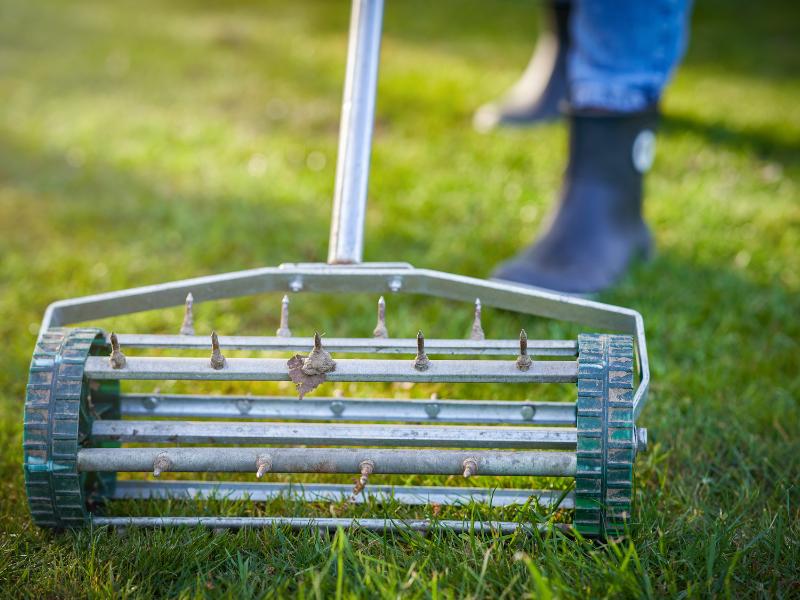
Before aeration, there are several things you should take into account:
• First, you must ensure that aeration is needed to rejuvenate your lawn (check on the signs that your lawn really needs aeration).
• Next, you have to figure out the best time to aerate your lawn; different types of grass will have different periods where aeration can have the best effects.
• Lastly, you have to decide whether you want to undertake the aeration process yourself or you want to hire a lawn maintenance service to do it.
Here are the signs that you should watch out for to determine if your lawn needs aeration.
Signs that Your Lawn Needs Aeration
Aeration isn’t an essential step in a lawn care guide, so you may need to familiarize yourself with the process. Still, there are some lawns that could greatly benefit from the process.
This process is especially beneficial if you have a heavy soil type like clay. Such soils become compacted easily when high traffic levels are on them all day.
Foot traffic and car traffic can increase the compactness of your soil.
Other than soil compactness, thatch buildup is another obvious sign that your soil needs aeration. If you notice the thatch layer in your lawn getting bigger by over one inch, then it’s time for dethatching and aeration.
If you’re unsure about the right aeration time, you can perform a soil test. Dig out about 6 inches deep of your lawn, then examine the roots of the grass. If the roots are barely spread two inches apart, then your soil is too compact, and you must aerate it as quickly as possible.
If digging is too tiresome for you, you can perform the soil test using a screwdriver. Loosen up the soil by watering it a day before testing.
On the following day, push a screwdriver into the ground. If it easily penetrates 2-4 inches, your soil doesn’t need aeration. If it doesn’t, then you need to aerate it. Test the lawn on different spots just to be sure.
Pro tip: Avoid aerating the soil the first year after planting new sods or after installing a new lawn.
When to Aerate Your Lawn
If you want to aerate your lawn, I recommend doing it during the growing season. This way, the lawn has enough time to recover. However, this greatly depends on the type of grass you have grown.
If you grow a cool-season grass variety, then you should aerate it in early fall. If you are growing a warm-season grass variety, then you should aerate it in early spring or summer.
If your lawn experiences low traffic throughout the year, then aeration can be done every 2-3 years unless the thatch gets thicker. In such cases, renting an aerator is much more economical than buying one to use it once every couple of years.
Aerating annually is essential for good lawn health for a lawn that gets high traffic most of the time.
Aeration in Early Spring Or Summer
Warm-season grasses will thrive when aerated during this period. You can either aerate the lawn in late May or early June. Remember your lawn should be aerated before applying pesticides or seeding, not after.
Here are some varieties of warm-season grasses that you can try:
• Bahiagrass Argentine
• Centipede
• Bermuda grass
• Floratam St.Augustine
Spring is one of the best times to apply pre-emergent weed killer, so you’ll still have something to do after aerating the lawn. Lawns that have had a lot of trouble with weeds could benefit from this process.
Alternatively, you can overseed and apply fertilizer if you want to replenish uncovered spots. However, avoid using weed killers if you overseed.
Early Fall Aeration
The best time to aerate cool-season grass is during fall, from late August through September.
This period is ideal because your grass is actively growing, so it’ll likely recover from being poked numerous times during the aeration process.
Here are some cool-season grasses to try:
• Ryegrass
• Bentgrass
• Bluegrass
• Tall fescue
• Fine Fescue
• Creeping Red Fescue
Overseeding is possible even after aerating the grass in early fall. Just be sure to avoid using any weed killer.
What to Do Before Aeration
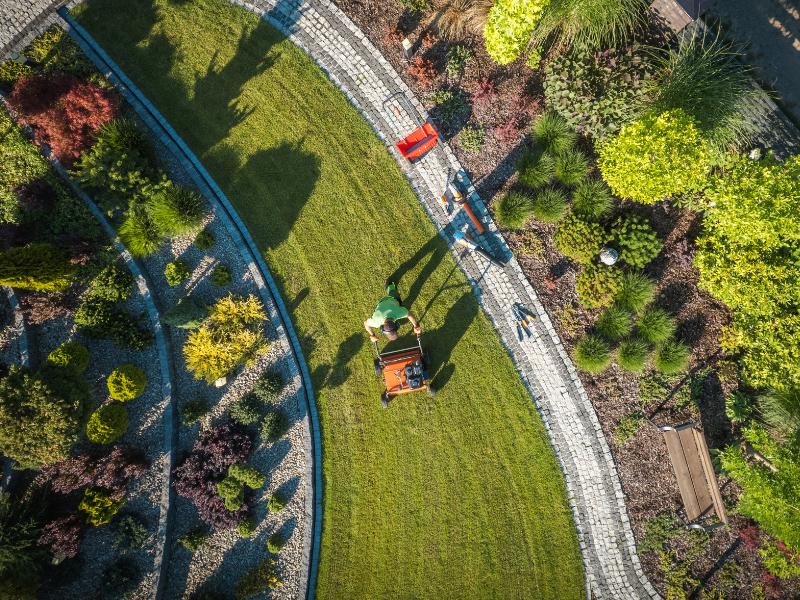
The most important step before beginning aeration is mowing your lawn. Short grass makes the aeration process much easier. Next, you should thoroughly water your lawn a day or two before the aeration day.
Watering is done to soften the soil, which allows the aerator to penetrate the ground easily. If your soil is dry and stiff, aeration can be significantly difficult and ineffective.
Next, you have to mark the obstacles in your lawn that the aerator may accidentally run over. This includes objects such as sprinklers and, generally, any important object in the lawn.
You should also remove anything that may damage the aerator, such as large pebbles, and clear the lawn from dirt.
Aerate the lawn in both directions. It’s recommended to have about 20 to 40 holes per square foot for the best results.
You should avoid aerating the lawn when it’s extremely wet or after heavy rains as the mud could stick to the tines, causing an even messier scene, not to mention making the aerator ineffective.
How to Aerate Your Lawn
Whether you want to do it yourself or hire a professional is entirely up to you. I always prefer to do the work myself since my lawn is small, and I get to learn each time. It’s hard work, but it’s totally worth it!
However, you should be warned: A large lawn will be significantly more difficult and tiresome to aerate if you are doing it yourself.
The advantage of lawn maintenance services is that they offer a lot of options on how to aerate the lawn. They’ll analyze the lawn and the soil type and give you the best advice on how you should go about the process.
If you’re considering taking on the project yourself, here are some equipment options for you:
• Slicing aerator: this type of aerator contains sharp blades that slice the soil in a rotating motion, making pathways or incisions in the soil that allow for easy air, water, and nutrient flow. Slicing aerators can penetrate through grass and thatch.
• Spike aerators: these aerators contain spike-like tines that make small holes in the soil. Spike aerator sandals are the best example of spike aerators, but they are only suitable for small lawns. The main downside of using this type of aerator is that the machine can press the soil around the holes, making it more compact.
• Core or plug aerator: One of the most efficient aerators to use, especially if you plan on overseeding. They remove small plugs of soil from the lawn, making holes that are about three inches deep, creating the perfect holes for overseeding. It also improves the ease of access to fertilizers and herbicides in the solid and improves airflow. Professionals mostly use the core or plug aerator.
Commonly Asked Questions
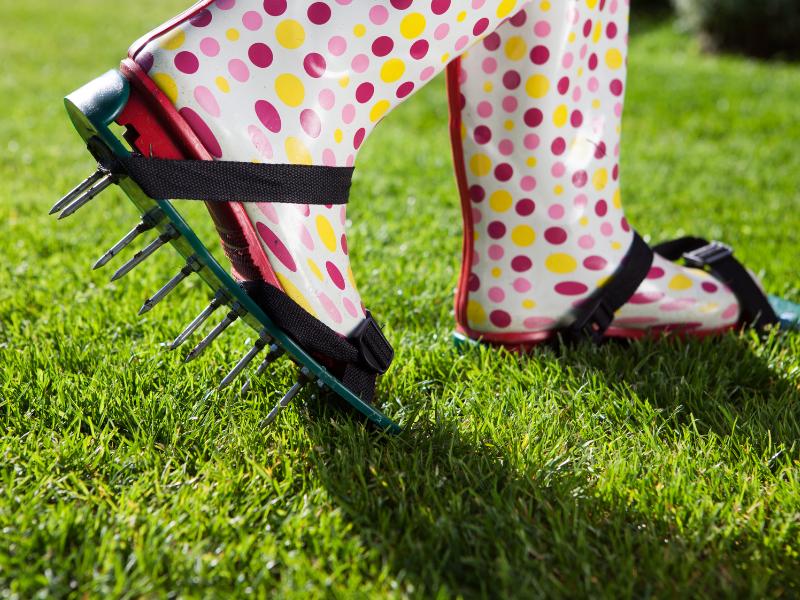
1. Can you walk on the lawn after aeration?
No, avoid walking on your lawn after aeration; remember, exerting too much pressure on the lawn leads to soil compactness. After aerating, your lawn is fragile, and walking on it could do it more harm, especially if you have just sewed new grass seeds.
Wait for about a month before walking on your lawn. By this time, the lawn should have fully recovered.
2. What is the difference between core aeration and plug aeration?
They may seem significantly different, but the two methods have no major differences in terms of the aeration process.
Plug aeration and core aeration refer to the same thing; the terms are used interchangeably.
The two types of aeration that differ from each other are spike aeration and core aeration, based on the methods used and performance.
3. How long does it take for grass to recover from aeration?
Depending on your lawn care routine and the grass type, your lawn recovery period may vary. Generally, your grass should recover after about four weeks after aeration. If you start walking and mowing your grass immediately or a few days after aeration, then it’ll take longer to recover.
4. How long should you wait before seeding an aerated lawn?
You don’t have to wait for long before overseeding an aerated lawn. Seed the lawn within 48 hours after aeration.
Fertilizer and weed treatments or herbicides should be applied immediately after aerating the lawn or in a matter of days.
Summing Up
Not only do you have to mow, water, and fertilize your lawn, but now you have to aerate it!
Taking care of your lawn is a continuous and never-ending process. It may be tiring and require saint-like dedication, but it’s worth the struggle. There is no better feeling than relaxing on your lawn after a hot summer day or watching the flowers bloom and add even more beauty to your outdoors during spring.
If your soil is compact or has recently experienced an unusual amount of traffic, and your thatch is growing thick, then it may be time to aerate it. You can either do it yourself or get a professional to help.
There is so much to do with your lawn after aerating, so the numerous holes left in the soil should not scare you. Follow the options we’ve provided above to get the most out of the aeration process!


